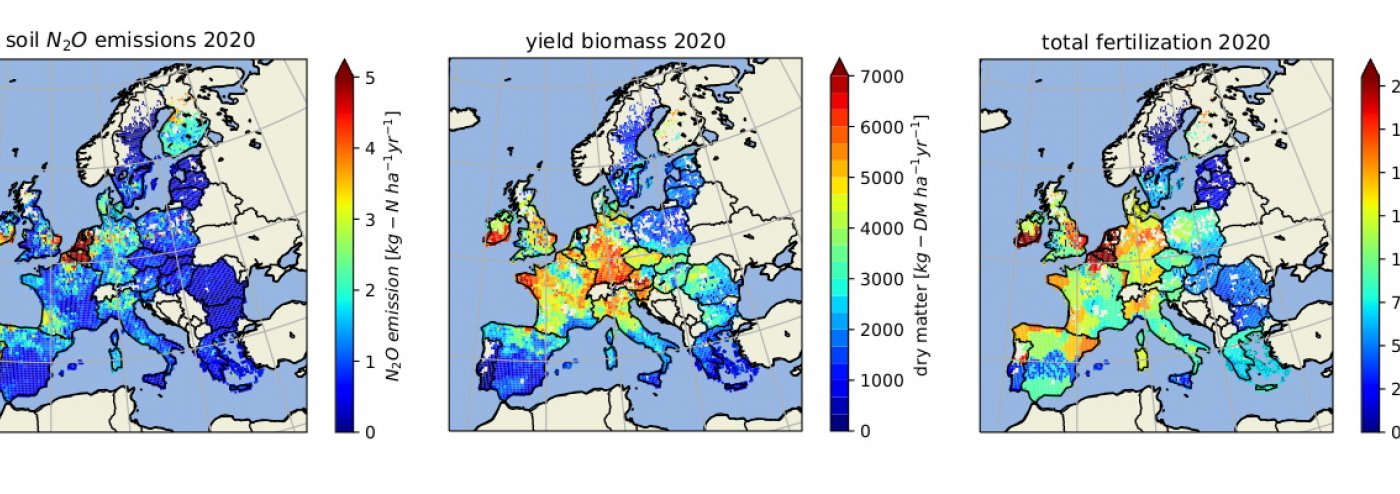
© Edwin Haas, Rainer Gasche, KIT
Landscape Fluxes
Reducing the environmental footprint of agricultural production systems requires to consider transport and transformation processes of environmental substances within landscapes and to work at scales at which most administrative regulations take effect. Our research uses measurement and modelling approaches to e.g.:
- understand the importance of landscape interfaces (e.g. terrestrial to aquatic systems) as mediators of matter transformations,
- identify flux hotspots within landscapes,
- test the effectiveness of feasible changes in land use and management to reduce environmental nutrient losses and to improve the GHG balance of agricultural production systems, and
- visualize the impact of land management on e.g. GHG fluxes and nitrate leaching at various spatio-temporal scales.
- explore opportunities to reduce the GHG footprint of agricultural production while maintaining productivity and adapting to climate change.
